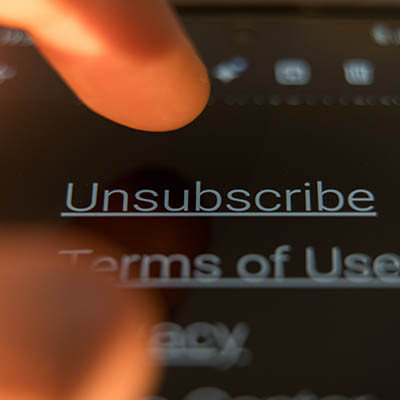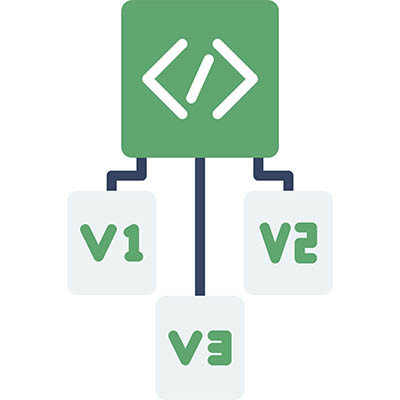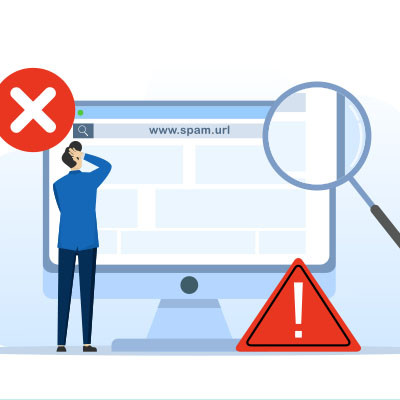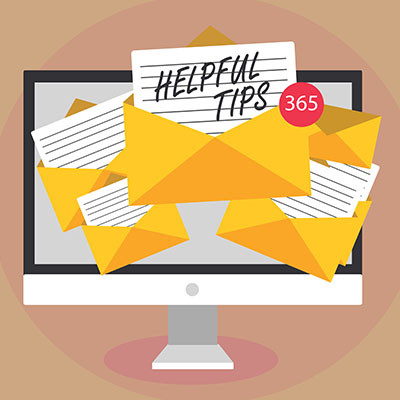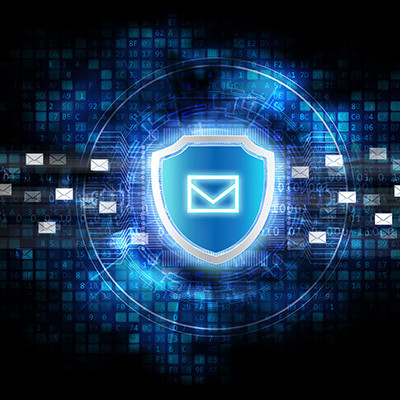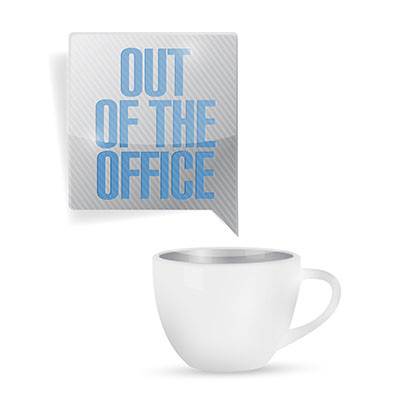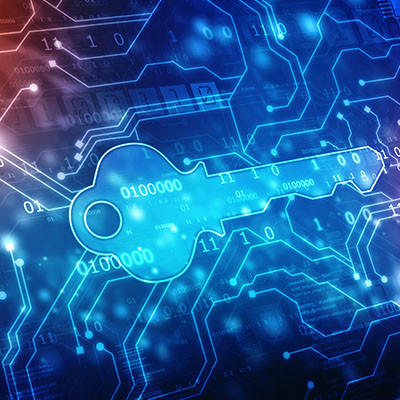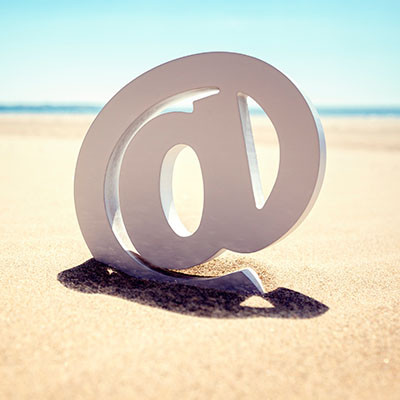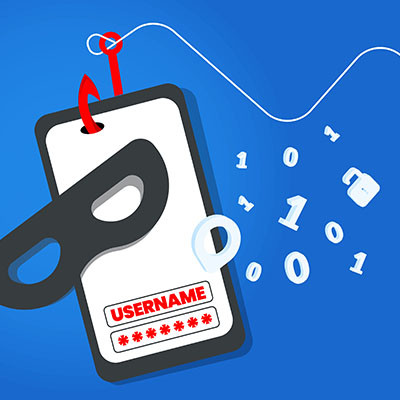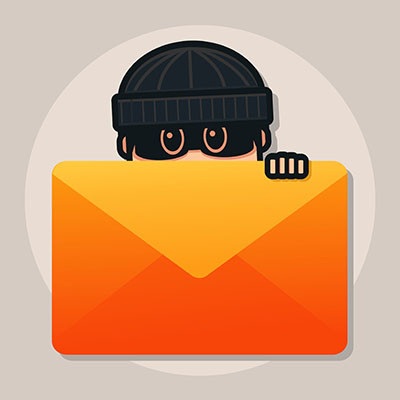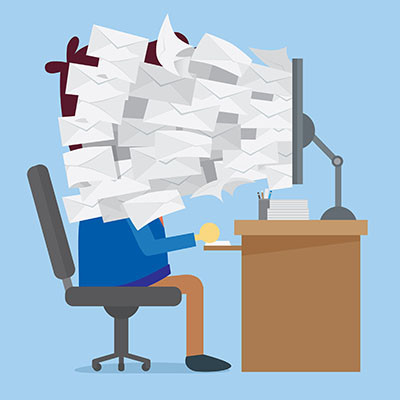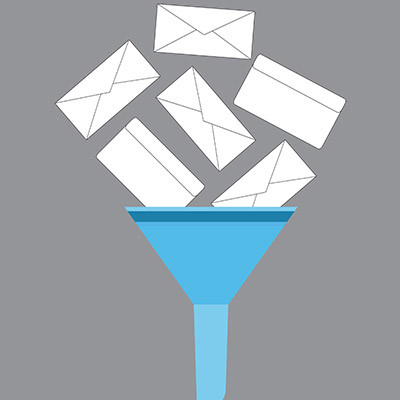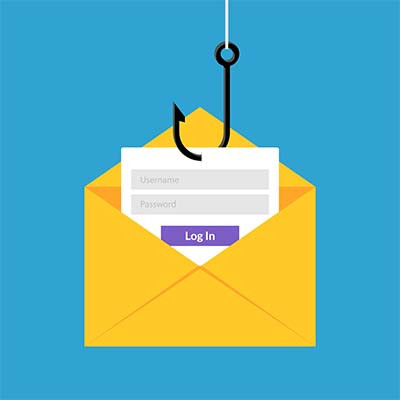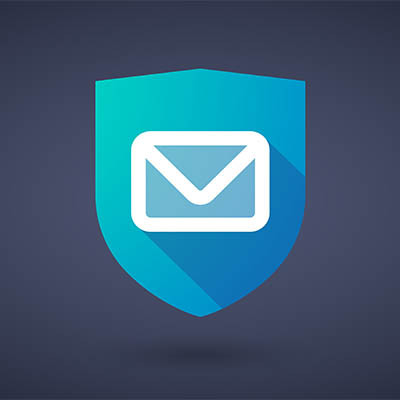Email is a vital tool to have in the workplace, but it still deals with its fair share of issues—particularly in regards to time wasters and security risks. You can save time, money, and future headaches by proactively addressing your email policies. Today, we want to look at two ways you can keep email from holding your business back: spam blocking and archival solutions.
Accucom Blog
Chances are you get a lot of unwanted messages, whether it’s spam or messages from threads, feeds, or newsletters you no longer want to receive. Thanks to some nifty built-in features in Gmail and Microsoft Outlook, you can easily unsubscribe from pretty much any website that’s sending you boatloads of emails, and it’s as easy as clicking a link.
How many times have you accidentally made changes to a file, only to wish that you didn’t? Maybe you accidentally overwrote an important document, or someone made unapproved edits to an important company document. In all of these cases, version control—being able to see the different iterations of a file—is critically important. Here’s why you need a solution in place that offers version control.
Most, if not all, of us have heard the most famous phishing story of them all: how the ancient city of Troy, after ten years of war, finally fell after a raiding party was allowed into the gates by hiding in the belly of a constructed wooden horse. It’s true… the legend of the Trojan horse, already associated by name with a nasty cyberattack, is arguably also a cautionary tale about how effective phishing can be.
Let’s go over how you can help protect your business from falling for this truly classic ruse.
Good communication is key for any business. Today, there are tons of ways companies stay connected: phone calls, emails, messaging apps, and video meetings. While all these tools can be helpful, they can also get confusing if not managed properly. Let’s break down the basics of business communication so it’s easy to understand.
When you check how much your company spends on communication tools, you might not be happy with the numbers. If you feel like you're paying too much for too little, you're not alone. Many businesses are switching to modern communication tools that use the Internet. Let’s explore some of these options.
We’re always telling people to avoid clicking on suspicious links, but the bad guys are making it harder to tell the difference between a legitimate URL and a suspicious one. We’re going to try to simplify it for you, and have you focus on the placement of a single punctuation mark in a link to tell if it might be safe or dangerous.
In business, email is one of the tried and true methods of communication. Unfortunately, there are many out there searching to breach a network, whether it be to deploy malware or lie in wait until they have access and cause havoc from within. Regardless of what strategy hackers and scammers use, it is important that users understand what to do to protect themselves and their organizations’ email. Here are some tips to keep in mind.
It’s easy to think of email as something that just works. You open up Outlook or log into Gmail and your mail is there. Most people aren’t even aware of the vast, complex set of systems required for email to even work—and we don’t blame you. It’s extremely complicated.
That being said, if nobody is actively managing your email, providing protection for the underlying technology, and making sure that it was and remains configured properly, it’s possible that your email could be working fine while opening you up for unseen threats.
Have you tried using Enhanced Safe Browsing in your Google Chrome browser? This feature has been a part of the browser since 2019, and it was implemented with the intention of preventing phishing attacks. This feature was also recently added to Gmail. Here’s how you enable it, as well as why it might not be the solution you’re hoping for.
Google is rolling out client-side encryption to Gmail and Calendar, which will allow users to create meeting events as well as send and receive emails that have been encrypted before being sent to Google servers. Client-side encryption will be available to organizations with Google Workspace Enterprise Plus, Education Standard, and Education Plus plans. All other types of Google Workspace accounts and personal Gmail accounts will not get client-side encryption.
During the holiday season, people are out of the office quite often, but unless this is properly conveyed to those reaching out to them, it could look like negligence on the employees’ part. To make sure you are as transparent as possible with your out-of-office time, be sure to set up a message. Here’s how you can do it in Microsoft Outlook.
It doesn’t always take a complicated malware or ransomware attack to break your business. Sometimes it’s as easy as someone sending you an email and pretending they have authority over you. Compromising a business email is one of the most common and easy hacking attacks to pull off, so you should be aware of how to put a stop to it.
Sometimes you have an inbox that is chock-full of emails, but you just can’t bring yourself to delete them. After all, who knows what valuable information could be found in all these messages? The natural solution to keep you from wasting time digging through an inbox day after day just to find important information is to get those messages out of your inbox and into an archive of sorts. Today, we’ll walk you through how to do this for Microsoft Outlook.
Managing your email can be challenging, especially if you are a business owner. We’re sure you get countless emails on a day-to-day basis, and it can be difficult to assign them priority or triage them accordingly. All of this leads to one messy inbox that can get in the way when you need simplicity most. How can you make sure your inbox’s organization is not holding you back from achieving maximum productivity?
While email has remained a major communication tool for businesses for quite some time, a lot of us might still be struggling to keep it organized. Alternatively, a lot of us may have just given up, allowing our inboxes to become a virtual dump of old communications and check-ins.
Fortunately, with a little bit of time now, you can turn your inbox into an organized and useful resource again.
Even the best employees will encounter situations where they might accidentally put your organization at risk due to a phishing attack. What are some of the telltale signs of a phishing scam and how can you tell when you need to be cautious? The subject lines of phishing emails can be indicative of their threat level. Let’s take a look.
All businesses rely on email, but we will admit that it’s not the sexiest technology solution out there. It’s more of a necessity rather than something you might get excited about implementing for your company. Still, this does not lessen its importance, so you should give it the same care you would any other aspect of your business’ IT infrastructure.


